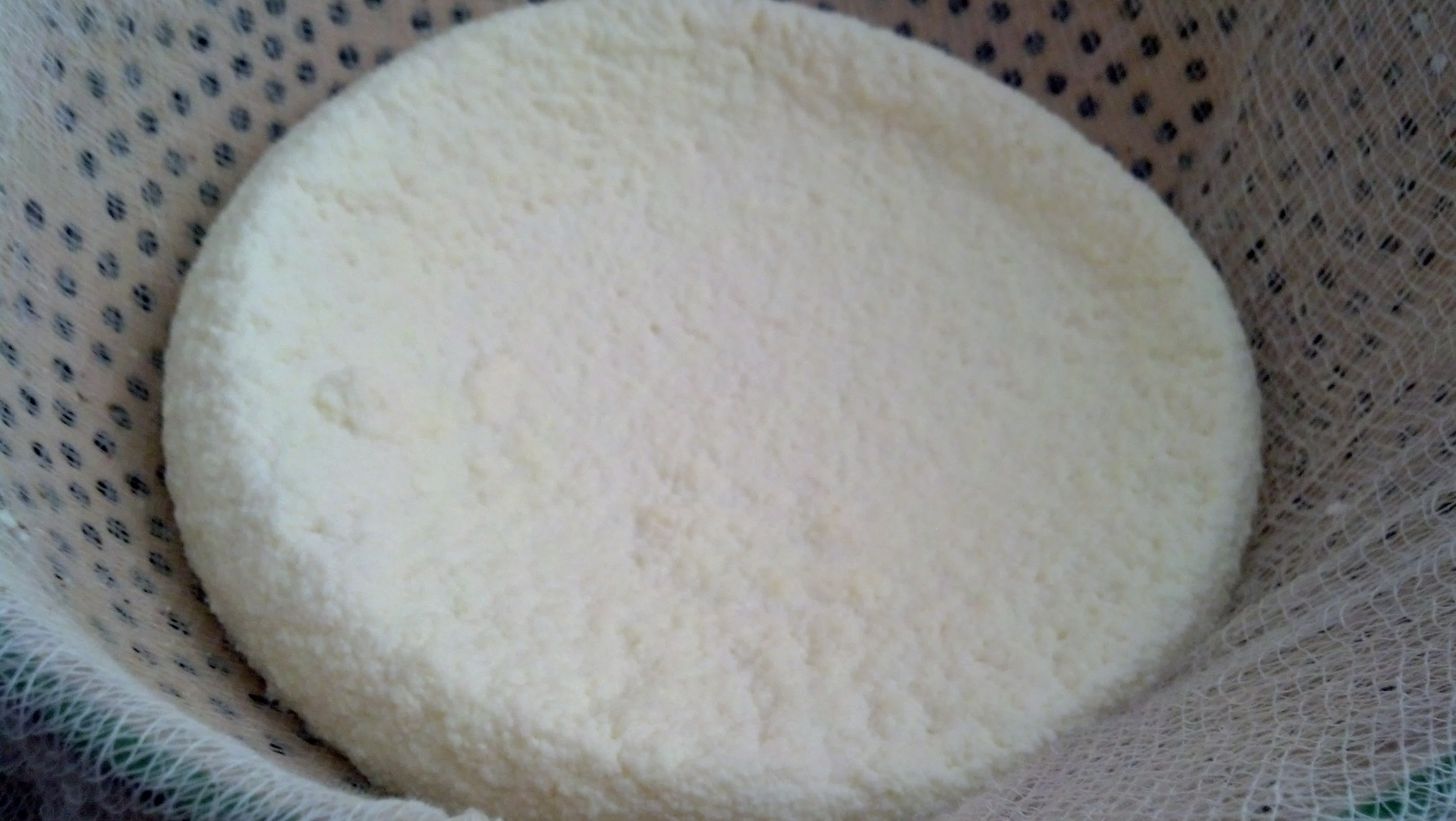
ADVENTURES IN CHEESE MAKING
One of my sons who lives in a country where Cheese is not a commonly found product has experimented with making his own. His adventures have inspired me to try my hand at Cheese Making even though Cheese is readily available where we live. So the first Cheese that I tried making is Ricotta. Ricotta or Cottage Cheese is probably the simplest of all Cheese to make. It took about an hour and a quarter and that includes draining time.
The products you need are readily available at your local grocer and you probably have the cooking vessels and containers that you need at home. Listed below are the groceries that you need and the equipment you should have.
Let’s start with the Equipment so that when you go out to buy the groceries, if you don’t have all the equipment, you can purchase it at the same time you purchase your groceries.
5-6 Quart Cooking Vessel
Large Colander or Sieve (Strainer)
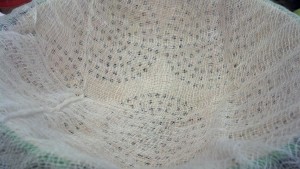
Cheese Cloth
5-6 Quart Bowl
The Groceries that you will need are:
1/2 Gallon of Milk (preferably from a local dairy and is not over-pastureized
1 cup of Heavy Cream
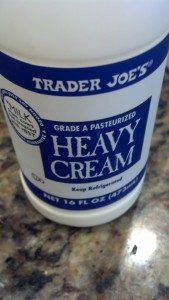
1/2 tsp. Salt
3 Tbsps. Lemon Juice
Start by combining the Milk, Cream and Salt in your large cooking vessel. Place it over high heat and bring to a rapid boil, stirring continuously to prevent burning.
Once the mixture comes to a rapid boil, stir in the Lemon Juice, lower the heat and cook (again stirring continuously until the mixture curdles completely. (About 2 minutes)
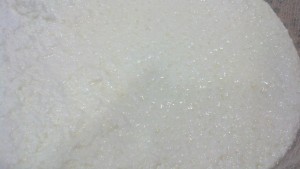
Remove from the heat and pour into the Cheese Cloth lined colander. Allow to drain for one hour.

Wrap in the Cheese Cloth and plastic wrap and refrigerate until ready to use. This Cheese will keep for only 2 days, so plan on using it as quickly as you can.
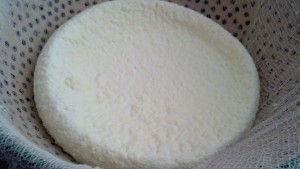
You can see that the drained Cheese has taken on the shape of the colander and is formed into a perfectly round parcel. This is not so important with Ricotta Cheese as it usually gets mixed with other ingredients to form a filling for Ravioli, Lasagna or Blilntz, but if you are making semi-hard or hard cheeses this is a bonus.
After the Ricotta had completely drained I had about a quart of the residual whey (the portion of milk that does not form the curd) Some people feed this to their chickens ( if you have them), their cats or dogs (again if you have them). I no longer have pets but I did find uses for the Whey. I made a loaf of Wheat Bread with some of it and used another portion to make Crepe Shells for Blintz which I will show in my next blog.
This was the best Ricotta Cheese I have ever eaten and I usually buy an expensive brand that is made from whole milk and is very good. This at least matched it, but I think it was better. It costs no less to make it at home than it does to buy, but it is good and it is fun.
Check my next blog to see what I did with this Ricotta.
Homemade Ricotta in Cannelloni - A Culinary Adventure for the Entire Family - Sylveee's Kitchen - Modern Family Cuisine
[…] So, my fresh batch of Ricotta which tasted delicious and was made right in my own kitchen cost me about $4.00 to make, not counting the gas and the hot water for washing the pot. Maybe it was as much as I pay for the finished product but it was well worth it as it is delicious. For the directions for making the Ricotta, please visit Adventures in Cheese Making […]